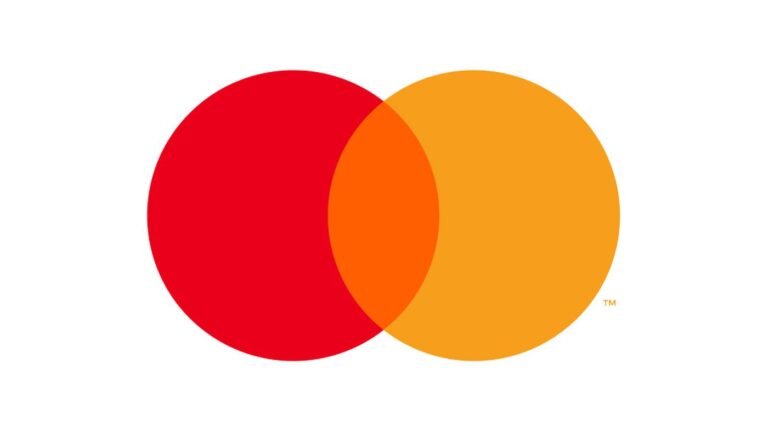Mastercard has recently signed an agreement with Binance to support crypto payments for more than 90 million stores in Argentina as a first step to facilitating the use of digital assets for day-to-day transactions.
Earlier this month, the New York-based payment processing company announced the official launch of the “Binance Card” in the South American country and called the instrument a “bridge between cryptocurrencies and everyday purchases”.
To support the rollout in Argentina, Mastercard is working with a local company called Credencial Payments which will be in charge of issuing the card for Argentinians who hold a valid national identification.
Argentina will be the first country to have access to this beta version of a product that could soon go global if things go as Mastercard and Binance expect.
Holders of the card will be able to pay bills, buy groceries, and make online payments easily with various crypto assets including Bitcoin (BTC) and BNB (BNB) with over 90 million merchants across the world.
In addition, those who use the card may be entitled to earn cashback rewards of up to 8% in crypto and may be eligible for zero-fee withdrawals at ATMs.
Only those with a Binance account will be able to apply and obtain this payment card supported by Mastercard. A record of all the purchases made with the card along with support from a customer representative can be accessed via the Binance user interface.
To enable these payments, Binance will be exchanging the crypto assets held in the cardholder’s account for fiat currency in real time at the moment the purchase is settled.
“Payments is one of the first and most obvious use cases for crypto, yet adoption has a lot of room to grow. By using the Binance Card, merchants continue to receive fiat and the users pay in cryptocurrency they choose”, stated Maximiliano Hinz, the head of Binance Latin America in regards to the launch of this product.
He added: “We believe the Binance Card is a significant step in encouraging wider crypto use and global adoption and now it is available for users from Argentina”.
Meanwhile, the Chief Executive Officer of Mastercard, Michael Miebach, commented that this is another step to “unlock the full potential of blockchain technology” by making things easier for users who want to access and use cryptos.
High Inflation Encourage Argentinians to Embrace Cryptocurrencies
Argentinians have rapidly embraced digital assets in the past few years as the country’s high inflation and government-imposed restrictions to access foreign currencies have pushed locals to resort to digital assets to protect their wealth.
Data from Triple A indicates that 5.2% of Argentina’s population currently own cryptocurrencies, resulting in an estimated total of 2.4 million people.
Meanwhile, the country ranked 10th in terms of crypto adoption as indicated by Chainalysis Global Crypto Adoption Index with trading volumes across peer-to-peer (P2P) platforms reportedly standing at $33 billion in 2021 according to this same report.
P2P exchanges are one of the ways through which Argentinians can convert pesos into dollar-pegged crypto assets such as USDC Coin and USDT. Binance provides one of the best platforms to make this kind of transaction as they offer to mediate in case one of the parties fails to go through with the operation.
Other popular exchanges in Argentina include LocalBitcoins, LocalCryptos, Paxful, Buenbit, and SatoshiTango.
In May this year, the Central Bank of Argentina prohibited banks from offering crypto trading and other similar services as the institution considered these assets too risky for users.
The central bank highlighted several negative characteristics of crypto assets that made them unsuitable for being offered to the general public including their volatility, sensitivity to cyber security attacks, money-laundering uses, and absence of an adequate regulatory framework.




